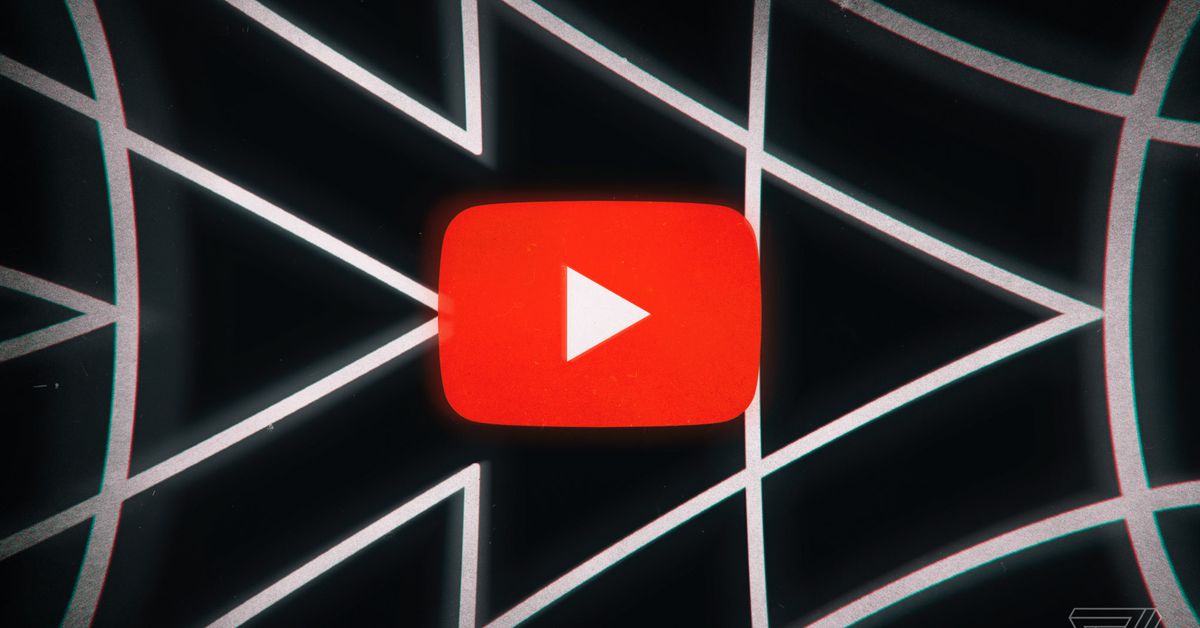
A lot of people are watching short-form videos on YouTube after nearly two years of YouTube giving creators lucrative cash bonuses and expanding features to be increasingly like TikTok.
1.5 billion monthly users who are logged in to an account are watching short-form videos on YouTube’s TikTok clone, the company announced today. That’s compared to around 2 billion logged-in users who visit the platform monthly as of April, according to TechCrunch.
Launched in 2020, YouTube Shorts is the platform’s answer to TikTok’s ascent. Since then, Shorts have gradually made their way across the platform, including in recommendations, and the company has added additional features mimicking TikTok, like sampling. As of April, Shorts were racking up 30 billion views a day, according to Google.
“This expansion has launched a new trend on the platform: ‘the rise of the multiformat creator,’” YouTube says in a press release.
But creators making more short-form videos isn’t a coincidence — YouTube really, really wants them to and has been offering payments to creators to sweeten the deal and lure them away from other platforms. Last year, the company launched a $100 million Shorts fund that paid creators up to $10,000 per month when they make popular videos. Payment amounts vary according to engagement and where viewers are located.
When monetizing longer YouTube videos, ads play before or during the video, and creators get a cut of the revenue. But instead of running an ad in front of every short clip, YouTube has had to figure out other ways to help creators monetize their short-form videos. As Shorts become a bigger part of viewership on YouTube, the company will need to make up for the reduced ad revenue.
“We are experiencing a slight headwind to revenue growth as Shorts viewership grows as a percentage of total YouTube time,” Alphabet CFO Ruth Porat said in April. “We are testing monetization on shorts, and early advertiser feedback and results are encouraging.”
The fund wasn’t meant to be a long-term way for creators to monetize shorts — in a blog post from February, YouTube said it was exploring additional ways for creators to make money, including branded content and the ability to shop from a Shorts video. In May, the company began rolling out ads on Shorts globally, though it was not sharing ad revenue with creators at the time, according to TechCrunch.
Compared to other platforms like TikTok, YouTube is typically considered a place where creators can make more money from their content thanks to the ad revenue-sharing program. The trove of more than 1.5 billion logged-in Shorts viewers offers advertisers an opportunity to deliver more targeted ads now as Shorts becomes more established. Rolling out ads worldwide was an “exciting milestone for advertisers,” YouTube said in a May blog post.
Comments
Post a Comment